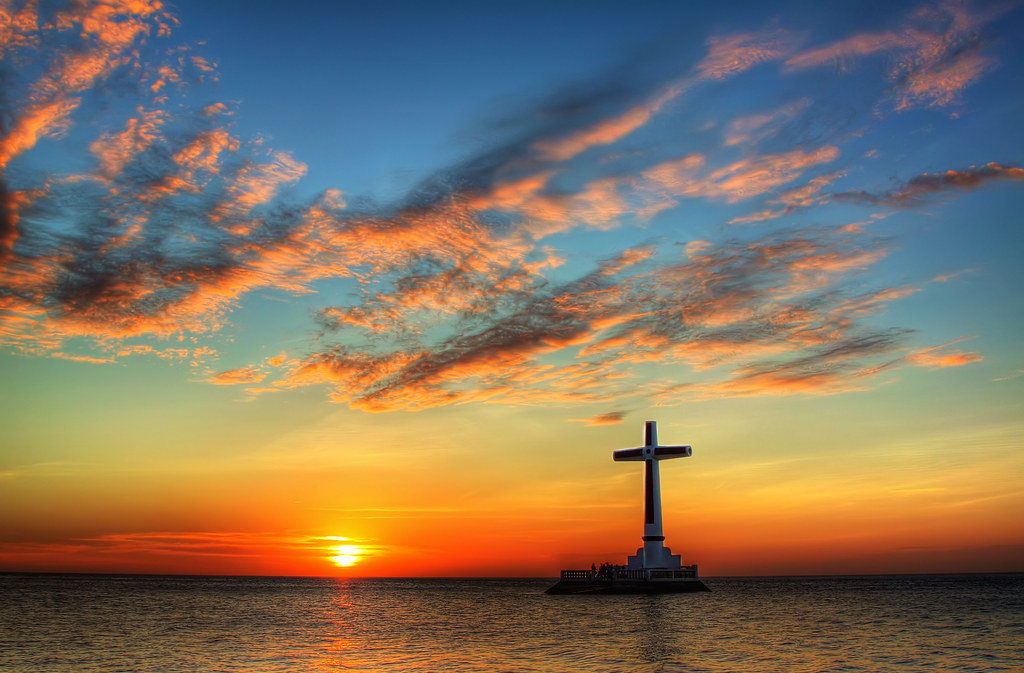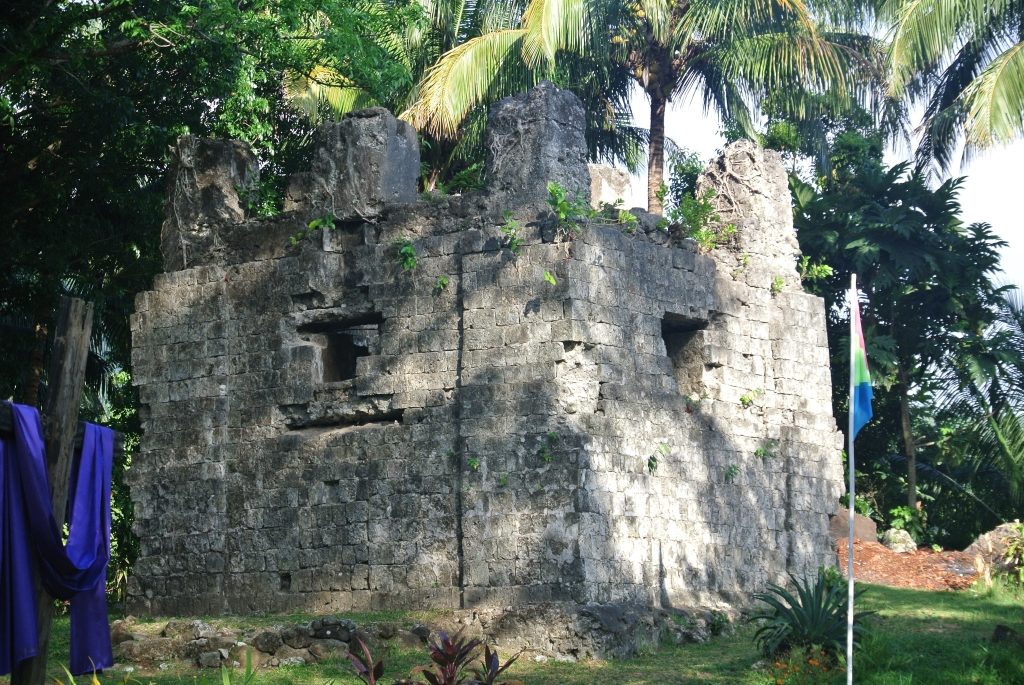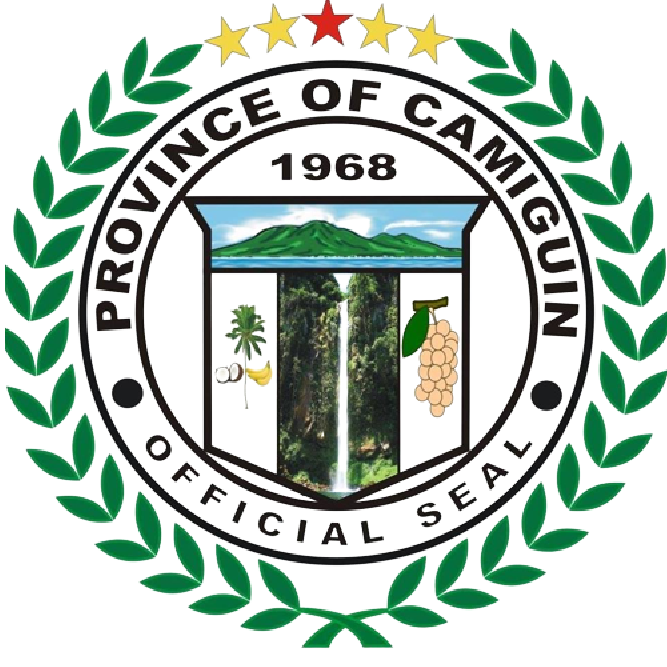About Camiguin
The island of Camiguin is one of the most beautiful islands in the Philippines. The advantage of Camiguin versus other local tourist destinations lies in the “completeness” of its natural environment and the high diversity of the ecosystem. The Provincial Government of Camiguin, together with the Local Government Units work hand in hand in the improvement the delivery of its services and the meticulous sustainable enhancement of the island’s resources to attract more visitors as well as investors.
History
The name Camiguin is derived from the native word “Kamagong”, a species of the ebony tree.
Explorers Ferdinand Magellan and Miguel Lopez de Legaspi landed in Camiguin in 1521 and 1565, respectively. The first Spanish settlement was established in 1598 in what is now Guinsiliban. Guinsiliban which comes from the old Kinamiguin word “Ginsil-ipan” which means “to look out for pirates from a watchtower” has an old Spanish watchtower where the Camiguinons kept watch for Moro pirates.
The first major Spanish settlement established in 1679 was called Katagman or Katadman (known as Catarman). The settlement grew and prospered but was destroyed by the eruption of Mt. Vulcan in 1871. The former location is what is now Barangay Bonbon of Catarman
On July 4, 1946, the Philippines gained independence from the US. Camiguin was then part of Misamis Oriental. In 1958, it became a sub-province and was made into a separate province on June 18, 1966, and formally inaugurated in 1968.

The Regional Development Plan recognizes Camiguin’s role as the leading Tourism destination for Northern Mindanao. The Northern Mindanao Development Plan (1993-1998) envisions the region to the south linking resource-rich Mindanao to the rest of the country and the world.
Camiguinons prize their cultural heritage. This is reflected by the renewed interested in their traditional arts and crafts. Folk dances such as Spanish Dance, Pandanggo sa Ilaw, and Tinikling, all of which are showcased during annual events such as the Lanzones Festival, have become a major tourist attraction.
Camiguin is also famous for its craftworks. Blessed with a natural artistry and abundance of a variety of handicraft materials, the people have long been making baskets, pottery, metal works and other products.
Classical Era
Spanish Colonial Era
watchtower in Guinsiliban, which derives from the Kinamiguin phrase “to look out for pirates from a watchtower” (Ginsil-ipan), where the Camiguinons kept watch for Moro pirates.
The name Katagman or Katadman refers to the first significant Spanish colony that was founded in 1679. (known as Catarman). The town expanded and thrived until it was obliterated by Mount Vulcan’s 1871 eruption. What is currently Catarman’s Barangay Bonbon was once the former location.

Sagay, a town that is south of Catarman, was incorporated in 1848. The name of the lethal fruit trees that flourish there is where the word “Sagay” originates. In 1855, Mambajao became a town. The words mamahaw, which means to usher breakfast, and bajao, which is leftover boiled rice, were combined to create the name. Mambajao flourished and developed into Northern Mindanao’s busiest port in the early 1900s. The municipality of Mahinog was founded in 1860. The word “Mahinog,” which means “to ripen” or “to become ripe,” is a Visayan word. Despite being the island’s oldest village, Guinsiliban didn’t become a municipality until 1950. While Guinsiliban was technically ruled from Sagay, Mahinog was previously ruled by Mambajao.
Old Spanish records show that in 1521 and 1565, respectively, the illustrious explorers Ferdinand Magellan and Miguel Lopez de Legaspi arrived in Camiguin. In the area that is now known as Guinsiliban, the first Spanish settlement was founded in 1598. There is a historic Spanish
American Colonial Era
American troops arrived at Camiguin in 1901, in the midst of the Philippine-American War, to take over the island’s political administration. They were engaged in a brief skirmish in Catarman by a party of Camiguinons, led by Valero Camaro, who were armed with bolos and spears. A shot to the forehead killed Valero Camaro. Before he and his band can be acknowledged as patriots in the same manner that we regard the Katipuneros, more research must be done. There is no research that shows Camiguin had an independence movement while under American rule. However, a little fact about the colonial resistance in Cagayan, Misamis, suggests that Camiguinons secretly helped the Cagayanons’ revolutionary efforts against the new colonists. Their arms were extended, and
VISION
By 2030, Camiguin is a world-class ecotourism destination in the Philippines with vibrant, inclusive, and sustainable economic growth with a God-centered, peace-loving, upright and resilient citizenry living in a clean and healthy environment, governed by effective leaders imbued with core values of good governance and stewardship.
MISSION
To improve the general well-being of the Camiguingnons through people and community-centered development, sustainable small island eco-system, and area development zone management.

